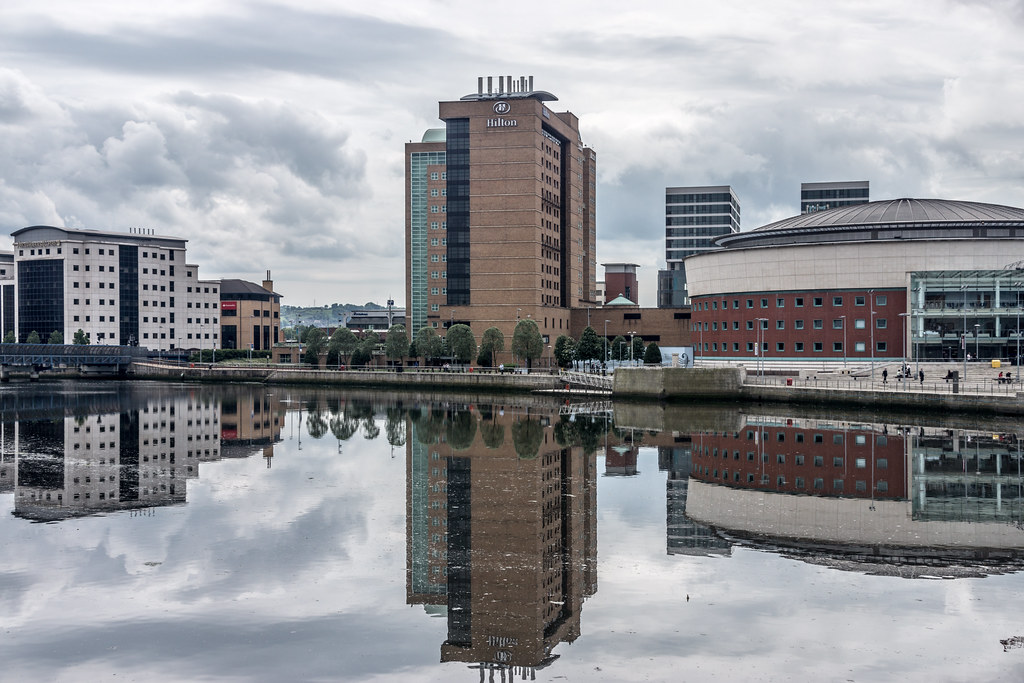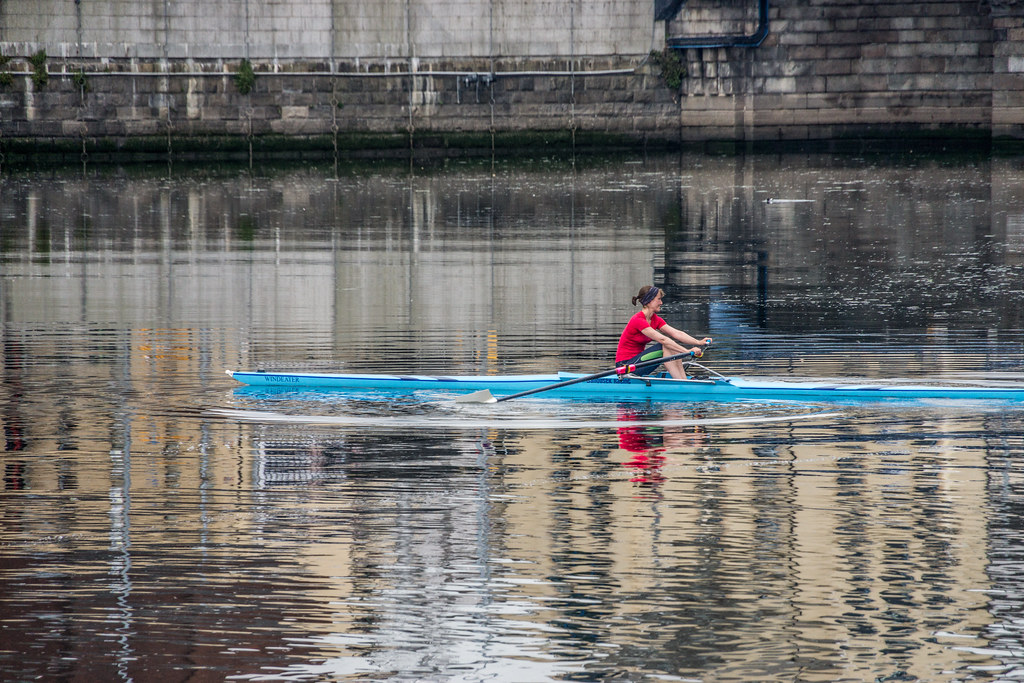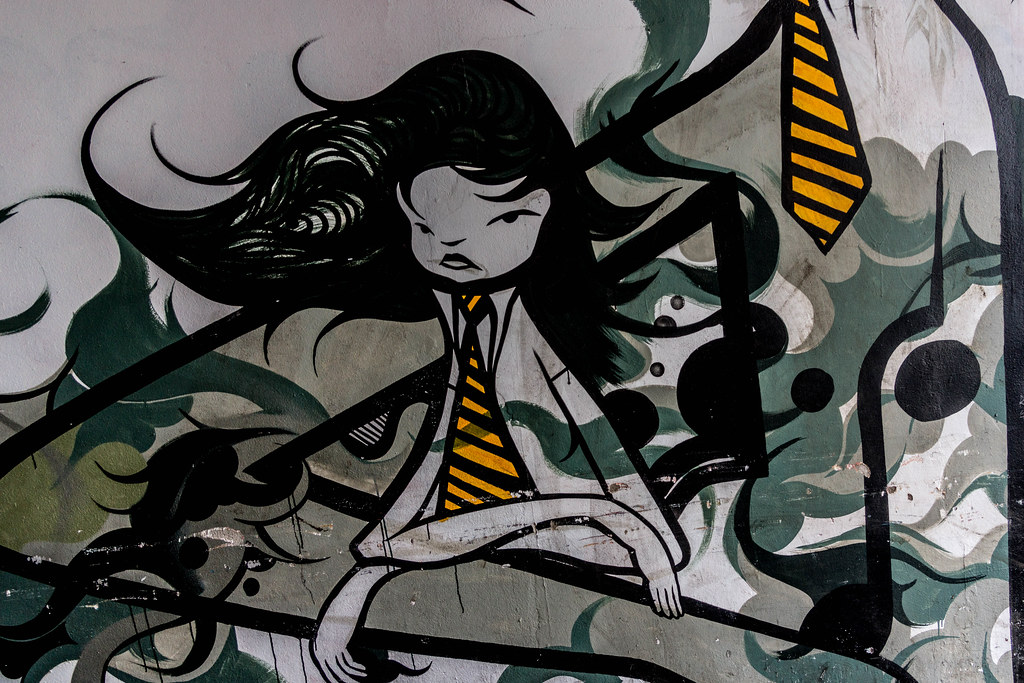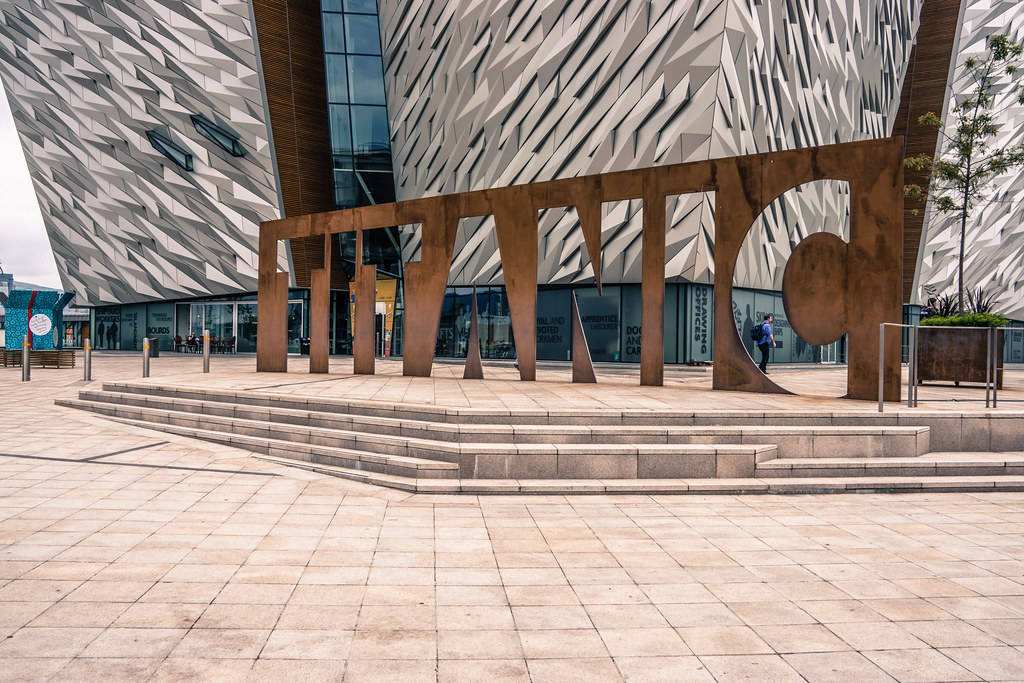TO SEE AND DO IN BELFAST
Belfast city centre has undergone expansion and regeneration since the late 1990s, notably around Victoria Square.In late 2018, it was announced that Belfast would undergo a £500 million urban regeneration project known as Tribeca on a large city centre site. However, tensions and civil disturbances still occur despite the 1998 peace agreement, including sectarian riots and paramilitary attacks.
Belfast and the Causeway Coast were together named the best place to visit in 2018 by Lonely Planet. Tourist numbers have increased since the end of The Troubles, boosted in part by newer attractions such as Titanic Belfast and tours of locations used in the HBO television series Game of Thrones.
Belfast has been the capital of Northern Ireland since its establishment in 1921 following the Government of Ireland Act 1920. It had been the scene of various episodes of sectarian conflict between its Catholic and Protestant populations. These opposing groups in this conflict are now often termed republican and loyalist respectively, although they are also loosely referred to as 'nationalist' and 'unionist'. The most recent example of this conflict was known as the Troubles – a civil conflict that raged from around 1969 to 1998.
Belfast saw some of the worst of the Troubles in Northern Ireland, particularly in the 1970s, with rival paramilitary groups formed on both sides. Bombing, assassination and street violence formed a backdrop to life throughout the Troubles. In December 1971 15 people, including two children, were killed when the Ulster Volunteer Force (UVF) bombed McGurk's Bar, the greatest loss of life in a single incident in Belfast. The Provisional IRA detonated 22 bombs within the confines of Belfast city centre on 21 July 1972, on what is known as Bloody Friday, killing nine people. Loyalist paramilitaries including the UVF and the Ulster Defence Association (UDA) claimed that the killings they carried out were in retaliation for the IRA campaign. Most of their victims were Catholics with no links to the Provisional IRA. A particularly notorious group, based on the Shankill Road in the mid-1970s, became known as the Shankill Butchers.
During the Troubles the Europa Hotel suffered 36 bomb attacks becoming known as the most bombed hotel in the world
In all, over 1,600 people were killed in political violence in the city between 1969 and 2001.
Belfast and the Causeway Coast were together named the best place to visit in 2018 by Lonely Planet. Tourist numbers have increased since the end of The Troubles, boosted in part by newer attractions such as Titanic Belfast and tours of locations used in the HBO television series Game of Thrones.
Belfast has been the capital of Northern Ireland since its establishment in 1921 following the Government of Ireland Act 1920. It had been the scene of various episodes of sectarian conflict between its Catholic and Protestant populations. These opposing groups in this conflict are now often termed republican and loyalist respectively, although they are also loosely referred to as 'nationalist' and 'unionist'. The most recent example of this conflict was known as the Troubles – a civil conflict that raged from around 1969 to 1998.
Belfast saw some of the worst of the Troubles in Northern Ireland, particularly in the 1970s, with rival paramilitary groups formed on both sides. Bombing, assassination and street violence formed a backdrop to life throughout the Troubles. In December 1971 15 people, including two children, were killed when the Ulster Volunteer Force (UVF) bombed McGurk's Bar, the greatest loss of life in a single incident in Belfast. The Provisional IRA detonated 22 bombs within the confines of Belfast city centre on 21 July 1972, on what is known as Bloody Friday, killing nine people. Loyalist paramilitaries including the UVF and the Ulster Defence Association (UDA) claimed that the killings they carried out were in retaliation for the IRA campaign. Most of their victims were Catholics with no links to the Provisional IRA. A particularly notorious group, based on the Shankill Road in the mid-1970s, became known as the Shankill Butchers.
During the Troubles the Europa Hotel suffered 36 bomb attacks becoming known as the most bombed hotel in the world
In all, over 1,600 people were killed in political violence in the city between 1969 and 2001.
URBAN EXPRESSION SEPTEMBER 2021 PHOTOGRAPHED 2021 BUR PUBLISHED IN APRIL 2022
RANDOM EXAMPLES OF STREET ARTMARCH 2022
THE LANYON BUILDINGTHE MAIN QUAD
This sculpture by Northern Irish artist Ross Wilson is an inspired creation based on the character of Digory Kirke, who, in the Narnia story, ‘The Magician’s Nephew,’ features a wardrobe made from a beautiful apple tree which has special properties. It is through this magical wardrobe that the Pevensie children, Peter, Susan, Edmund and Lucy, enter Narnia and meet the talking animals and mythological creatures that populate that snowbound world. Modelled on CS Lewis as he was in 1919, the sculpture seeks in the words of the artist, to capture the “great ideas of sacrifice, redemption, victory, and freedom for the sons of Adam and the daughters of Eve” that lie at the heart of the ‘Chronicles of Narnia®.'
You will find links to buy products from Amazon, Google and other partners. If you click on these links, you’ll find that the URL includes a small extra piece of text which identifies that the click came from my websites. This text is an affiliate code, and it means that I get a small percentage of the money you spend if you choose to buy that product, or, in some cases, other products from the site soon after. These affiliate links help pay the costs of producing my websites and ensure that the content is free to you.










